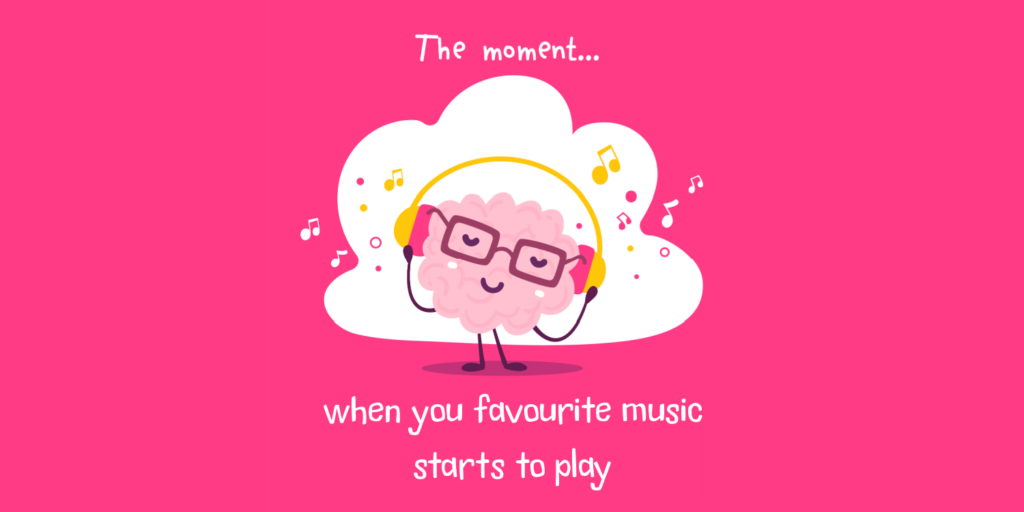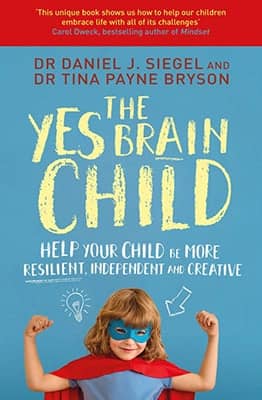The Science of Joy – Jennifer Oaten

The birth of a child, a beautiful sunset, rainbows, a special piece of music, a warm fire, or sunlight warming our back on a cold day can bring us joy. So many of these things that bring us joy are part of our natural world, part of God’s creation. They are all free.
So, how can we define joy? Joy is an attitude of the heart and spirit present inside us. It is an intense momentary experience of emotion, which triggers our emotions and satisfies our soul, our inner self. Joy is exhilarating and it fills you with a feeling of warmth and often makes us smile. While joy may come from our surroundings, it most often comes from our connection with others, our family or our God. We rarely find joy in possessions, or if we do, it is fleeting.
In our quest for happiness, we often encounter the elusive state of joy, which brings profound happiness and wellbeing. But what underlies this powerful emotion, and how can we harness it to improve our lives and those of our children? Recent findings from Harvard University’s longest study on happiness provide us with invaluable insights, emphasising the critical role of meaningful relationships in our overall happiness and health.

The Physiological Impact of Connections
Our brain’s response to joy involves a symphony of neurotransmitters and hormones, from dopamine to oxytocin, creating feelings of contentment and happiness. But what fuels this neurochemical cascade? According to Harvard’s extensive research, the Study of Adult Development (and now the Harvard Second Generation Study), the answer lies in our connections with others.
The study reveals that close relationships are the cornerstone of our happiness, outshining material goods, wealth or fame. These bonds trigger our brain’s reward system, reinforcing behaviours that deepen our social connections and, in turn, our sense of joy.
Joy’s influence extends beyond our neural pathways; it orchestrates a holistic physiological response that benefits our entire being. Laughter and positive interactions, common expressions of joy, activate a relaxation response in our bodies, reducing stress hormones, enhancing immune function, and potentially prolonging our lives.
Harvard’s findings align with this, showing that the quality of our relationships significantly affects our physical health, from heart health to immune function. These connections buffer against stress, anxiety, and depression, fostering a resilience that is crucial in today’s often isolating world, particularly for adolescents.

Cultivating Joy in Children Through Relationships
In light of these insights, it is clear that fostering joy in our children’s lives goes beyond activities. It is about nurturing deep, meaningful connections. Here are some practical tips for parents to help cultivate a joy-rich environment for their children:
- Model Joyful Behaviour: Demonstrate the value of relationships in your own life, showing your children the joy that comes from strong, healthy connections.
- Create Joyful Family Rituals: Establish traditions that foster family bonding, reinforcing the link between relationships and joy.
- Encourage Social Connections: Facilitate opportunities for your children to build friendships and engage socially to help develop their relational skills and capacity for joy.
- Nurture Gratitude and Empathy: Teach children to appreciate their relationships and understand the feelings of others, enhancing their emotional and social wellbeing.
- Promote Belonging to Communities: Recognise the role of communities whether they be faith, sporting or other communities, emphasising the joy of shared experiences

In a world where loneliness and isolation are increasingly prevalent, especially among young people, the importance of fostering connections cannot be overstated. This does not mean that we need many friends; it is just that we have at least one solid relationship that we can depend on in times of need and that will be there for us. These connections can be an achievable solution to the stress, loneliness and challenges experienced by many teenagers. Relationships and connections are key ways to increase our happiness.
By prioritising relationships, we not only enhance our immediate joy but also lay the foundation for long-term health and happiness. This holistic approach to wellbeing, grounded in the science of joy and the empirical evidence from Harvard’s study, offers a path to a more fulfilling and joyful life for ourselves and our children.
Joy is more than a fleeting emotion; it is a vital indicator of our wellbeing and a powerful catalyst for navigating challenges in our lives. By understanding the science behind joy and actively cultivating deep, meaningful relationships, we can unlock a happier, healthier future for ourselves and our young people.

Combating The Attention Span Crisis In Our Students – Jennifer Oaten
It is no secret that attention spans have been steadily declining, especially among younger generations growing up immersed in digital technology. The average person’s attention span when using a digital device has plummeted from around two and a half minutes back in 2004 to just 47 seconds on average today – a dramatic 66% decrease over the past two decades.

With Laurissa Knowles From Valley Depths to Mountain Peaks (1993)
Laurissa Knowles (1993) has had an incredible career journey so far, from Santa Maria College Teacher to Celebrant and Councillor.

Elevating Spaces: Diana Ellis’ Signature Touch & Architecture Magic
What happens when you mix a love for art, travel, nature, and creativity with construction and building? You get the essence of Diana Ellis’ career!
- Featured
Author: Santa Maria College
Santa Maria College is a vibrant girls school with a growing local presence and reputation. Our Mission is to educate young Mercy women who act with courage and compassion to enrich our world. Santa Maria College is located in Attadale in Western Australia, 16 km from the Perth CBD. We offer a Catholic education for girls in Years 5 – 12 and have 1300 students, including 152 boarders.






